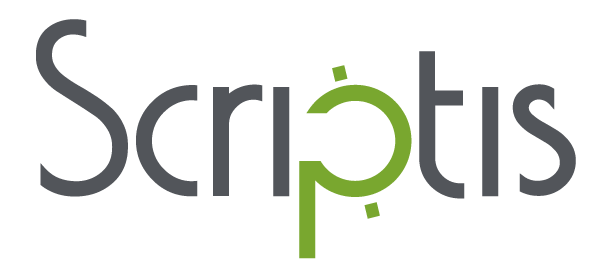Best practices for mobile app translation
Best practices for mobile app translation
Mobile app translation opens up opportunities in new markets. If you’re not familiar with the translation and localization process, you may wonder where to start. For excellent outcomes, follow these best practices.
Start in development
You should plan for localization from the very start of your design and development process. Localization is quickest and easiest if you plan for localization during your writing, design, and coding stages of your project. That way you can avoid having to make major changes later in the project.
Plan for text expansion
A translation of even one word may be significantly longer in another language. This is a particular concern for mobile apps where space is already limited. Be sure to leave room for text expansion.
Follow platform guidelines
Check for localization tips in the developers’ websites for the relevant platform or platforms. Android, iOS, Windows all have such guides. Look for platform-specific requirements.
Separate out your translatable content
Translatable content should be separate from your executable code—not hard coded in the app. Android, for example, specifically instructs developers to put all their translatable strings in a strings.xml file that is declared as a resource in the code. This eliminates the need to make code changes for each translation.
Choose your technology
Machine translation is rarely appropriate for mobile app translation. There is no way for you to give an automated translation system context for your strings. Supplying your string files with comments to your language partner for translation is the simplest way to proceed. Translators can work directly with these files. When translation is completed the language partner simply delivers the translated files for replacement in the localized app version.
Provide context for your strings
Translators cannot know the context for individual strings just from seeing them in your exported files. Knowing the context of a word or phrase—how it is used, the part of speech, character limits—will save a lot of back and forth with translators. Alternatively, you could create a comments file or provide screenshots of UI strings.
Internationalize your code
In particular make sure that your code is set up to easily update dates, times, user data (name, address and phone formats) and currencies to particular locales.
Make sure there is a translation memory
When you will make changes to your strings or use the same strings in another app, you don’t want to find that everything needs to be translated again. Make sure that your language partner or the translation technology you choose maintains a translation memory of all of your strings for future use, to cut costs and speed up translation as well as improve consistency for your foreign users.
Consider subscribing to a localization management platform
For apps needing frequent updates, emerging platforms support continuous localization. These include solutions like Phrase, Transifex, Mojito, and Serge (this last solution is open-source). In this case, the client contracts with the platform directly and our translators are provided access to the translation interface. Scriptis has the capacity to work with any of these, and your project manager can help you choose the best fit for your needs.
The upsides to online platforms for localization include ease of use and rapid turnaround of translations to speed the app to market. A common downside is that their embedded termbase, translation memories, and QA tools generally cannot match the quality and reliability of the standard CAT tools used by professional translators. The purpose of a translation memory is to ensure consistency across all platforms and media (mobile app, website, documentation, sales materials). Standard CAT tools allow that flexibility.
The costs of automated solutions can also present a downside. The best of these requires a significant investment. We recommend continuous localization platforms if the client needs translation as part of an agile development process. We can assign a translation team to use the tool according to the client’s preferred workflow.
Work with a language partner
Choose a language partner with experience with mobile app translation. A good language partner can advise you on translation, technology, and cultural issues. They will also set up a translation process that facilitates communication between you and the translators to deal with any questions that may arise. Finally, they will arrange for the localized app to be tested by native language speakers in the relevant locales.
Expand the markets for your mobile apps with localization. For best results, follow best practices. And don’t forget to localize your promotional materials as well.
